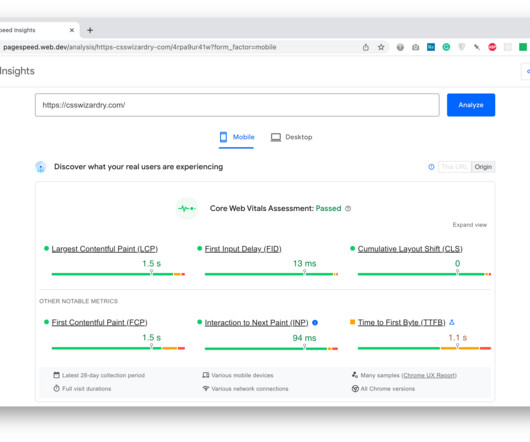Cloud Native Predictions for 2024
Percona
DECEMBER 27, 2023
As we step into 2024, the cornerstone of cloud-native technology, Kubernetes, will turn ten years old. of respondents are currently utilizing databases in Kubernetes (k8s). These indicators suggest that the adoption of databases on k8s is in its early stages and is likely to continue growing in the future.












Let's personalize your content